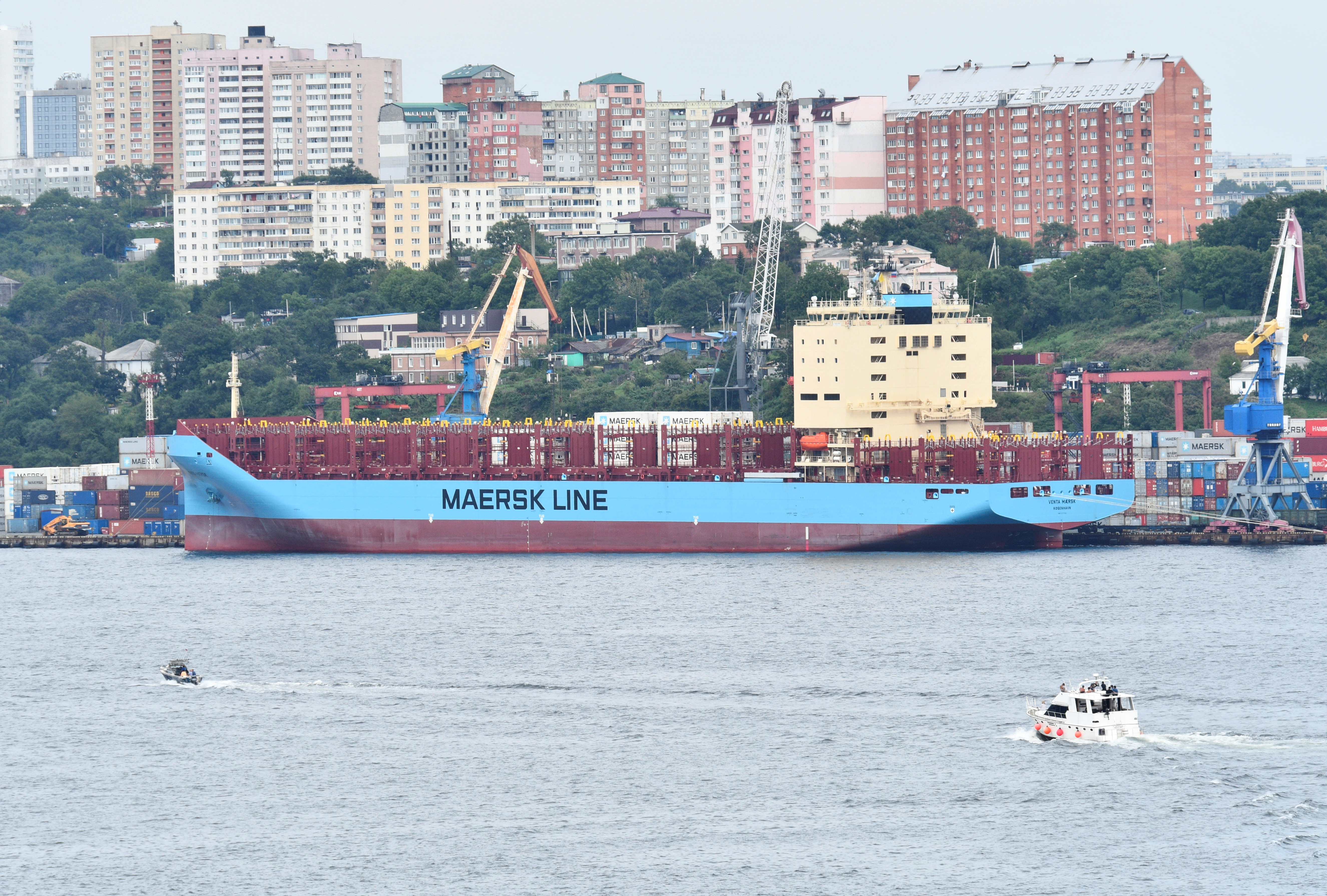Nike, other retailers vow not to use Arctic shipping routes
Several shippers reaffirmed their decisions not to use Arctic seaways, but Maersk and COSCO were absent from the vow.

Nike recently teamed up with the Ocean Conservancy in a pledge not to use Arctic shipping routes, citing both safety and environmental concerns about traversing the region.
Other retailers, including Columbia, Gap Inc., and H&M, have also joined the Arctic Shipping Corporate Pledge, and several shipping companies signed on as well.
CMA CGM, Hapag-Lloyd and Mediterranean Shipping Company reaffirmed previous vows not ship through the Arctic, and they were joined by last week by Evergreen.
Shippers Maersk and COSCO have not announced similar intentions, however. Last year, Maersk sent the first-ever container ship along the Northern Sea Route, and contemplated doing the same this summer. COSCO said earlier this year that it planned to increase its shipments along the “smooth and quick” route.
Cruise ship companies and oil companies are also absent from the pledge.
Shipping along the Northern Sea Route, the Northwest Passage and the Transpolar Sea Route — a seaway expected to open by the middle of the century — is all off-limits under this agreement.
Those who sign on also promise to explore options for reducing global shipping emissions. In addition, signees promise to support the development of safety and environmental regulations, such as banning heavy fuel oil, designating the Central Arctic Ocean as a sensitive area, exploring low-impact routes that would protect Indigenous communities and marine ecology, and controlling pollution.
“Even with regulation, substantial and irreversible risk to the environment exists in the form of oil spills, emissions, vessel strikes and invasive species, which not only impact marine life, but also the human populations that rely on a healthy Arctic ecosystem for their livelihood,” Hilary Krane, executive vice president at Nike, said in a statement. “It shouldn’t be an option for anyone.”
Lawson Brigham, a researcher at the University of Alaska Fairbanks and a fellow at the Wilson Center’s Polar Institute, pointed out that trans-Arctic container shipping has some of the lowest environmental impacts. For instance, container shipping has the lowest carbon emissions when it comes to transporting goods. And the cargo is typically less dangerous than, for instance, hydrocarbons.
“What about all the other vessels?” Brigham asked. “The bulk carriers and the LNG ships and the tankers are still gonna roll, right?”
The safety and environmental intentions of these companies are good, he told ArcticToday. But this pledge doesn’t address most of the shipping that happens in the Arctic — destinational voyages bringing the resources from the North to the rest of the world. This is especially true as some in Alaska have begun eyeing options for LNG maritime shipments.
Rather than vowing not to use routes that are often economically unfeasible for these companies anyway, Brigham would like to see companies supporting more safety and environmental regulations in the Arctic.
“Don’t fixate on trans-Arctic [voyages],” he said. “It doesn’t matter where ships are going. What matters is what kind of protection measures we have.”